Do It Yourself
How to Make a PVC Fiberglass Bow | Survival Life
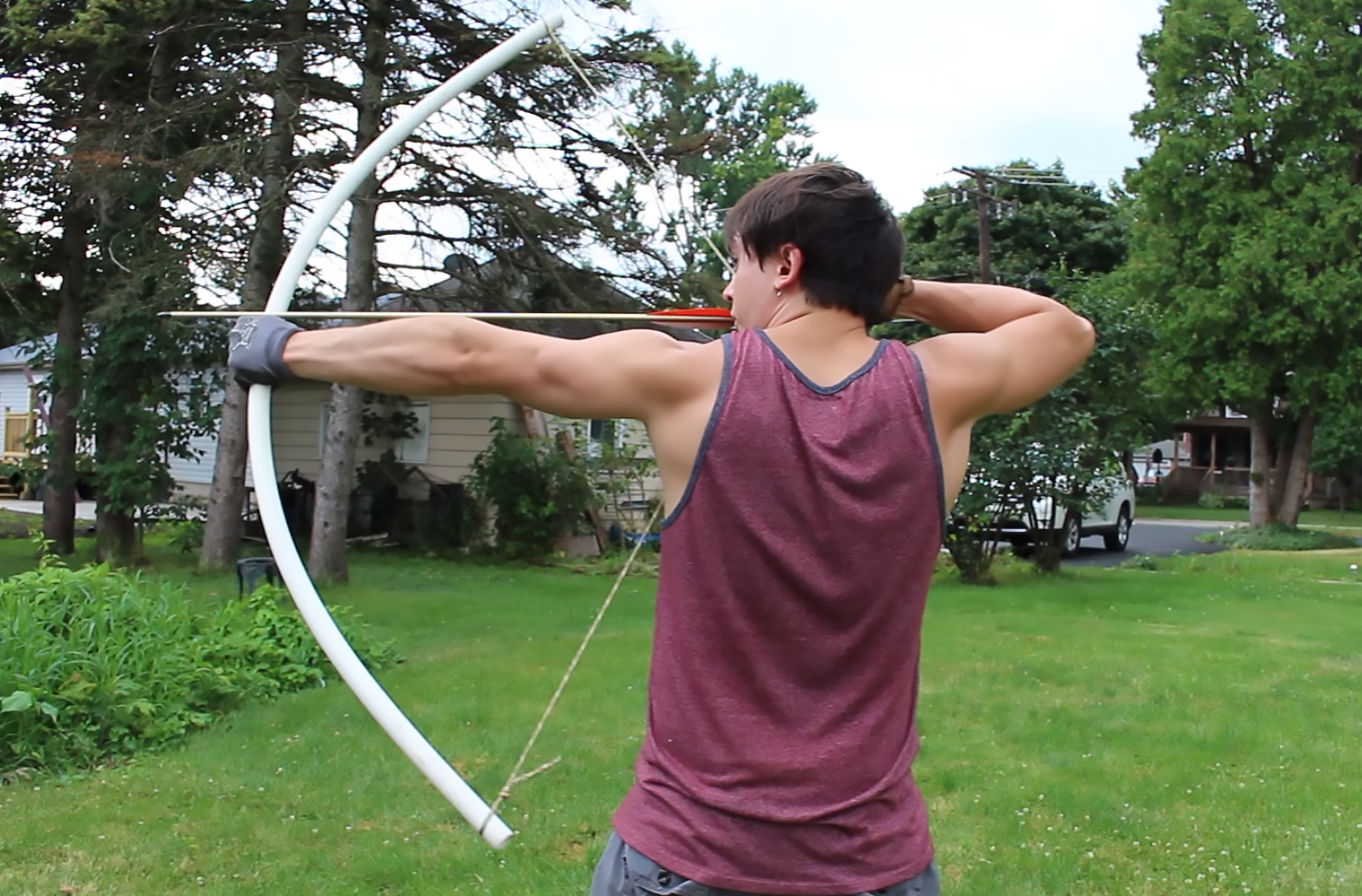
Have you been wanting to make a bow for practicing in the yard or just playing out in the back yard with the kids for some affordable bonding? The PVC fiberglass bow might be the perfect project to take on this fall.
For many survivalists, when they think of a “Survival Bow,” they think of honing some hearty tree sapling in the woods. But, the world is changing and supplies are a plenty for making your own high-quality survival equipment.
Check out these awesome PVC fiberglass bow instructions from our friends at DIY Ready!
DIY PVC Fiberglass Bow
Supplies needed for your Fiberglass Reinforced PVC Bow:
- x1 – 62-inch length of 3/4-inch PVC Plumbing Pipe
- x2- 2-inch sections of 1/2-inch PVC Plumbing Pipe
- x2 – 3/4-inch PVC Pipe End Caps (optional)
- x4 – Fiberglass Rod Reflective Road Markers/Driveway Markers (available to most hardware stores)
- x1 – Paracord Survival Bracelet or 7-feet of loose paracord (160+ pound test)
- x1 – Lighter
- x1 – PVC Pipe Cuter
- x1 – Tape Measure
- Optional: Paint to bad-assify your finished product
Step 1: Cut those pipes if needed
Use your PVC pipe cutter or, if in survival situation, your survival multi-tool saw bit to cut your main bow pipe to 62-inches in length. Do the same for you 1/2-inch pipe to create two sections, each 2-inches long. A PVC cutting tool like the one below works best, and leaves no traces of work behind like plastic shavings.
Step 2: Sand your insert edges
We need to sand one edge of our little 1/2-inch pieces, because pretty soon we’re going to slam them into the 3/4 bow pipe as reinforcement inserts. Hand sanding is fine, just taper one end of each piece so it can slide easier into the hollow portion of the 3/4-inch pipe. It will be a tight fit!
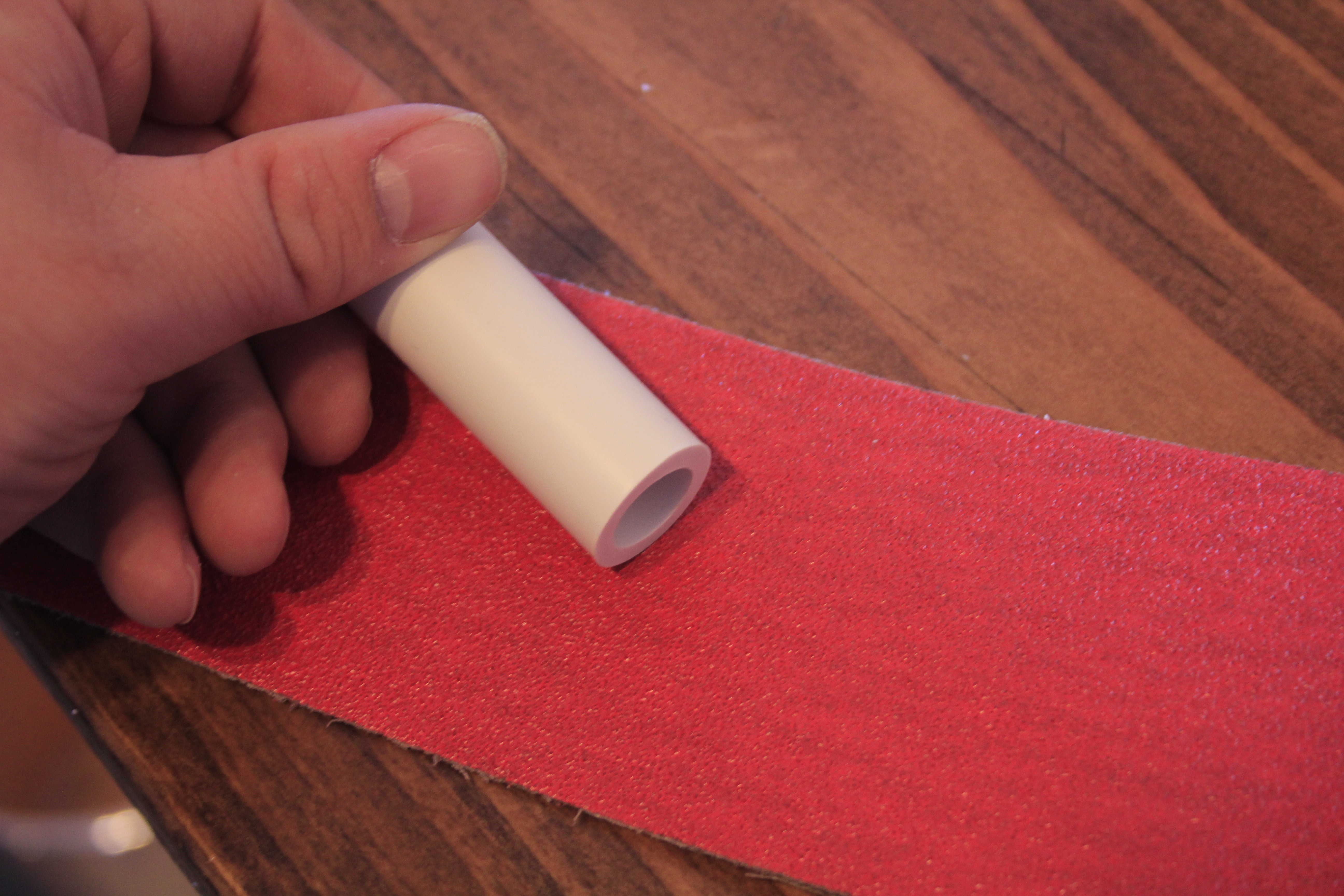
Step 3: Hammer them tips
Get one of your 2-inch pieces and line it up on the hollow end of your 3/4-inch pipe. Give it a few solid whacks with a hammer (or any blunt object) to seat it into the post.
Get it lined up and ready to hammer. No hammer? Cave man that thing with a rock!
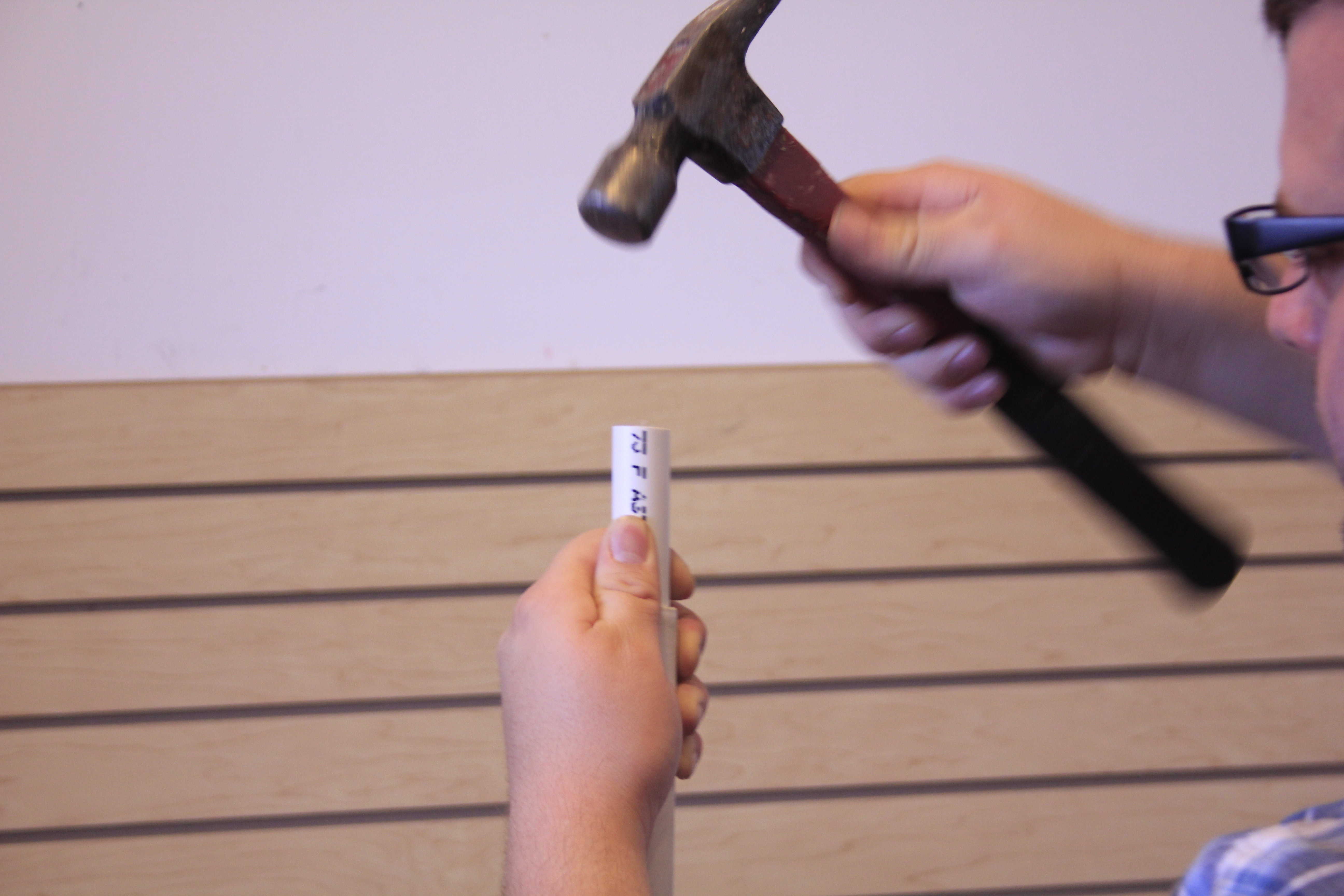

Step 4: Binding Fiberglass Core
Start by taping together all of your rods so that you have two cores, each made from two rods taped side-by-side.
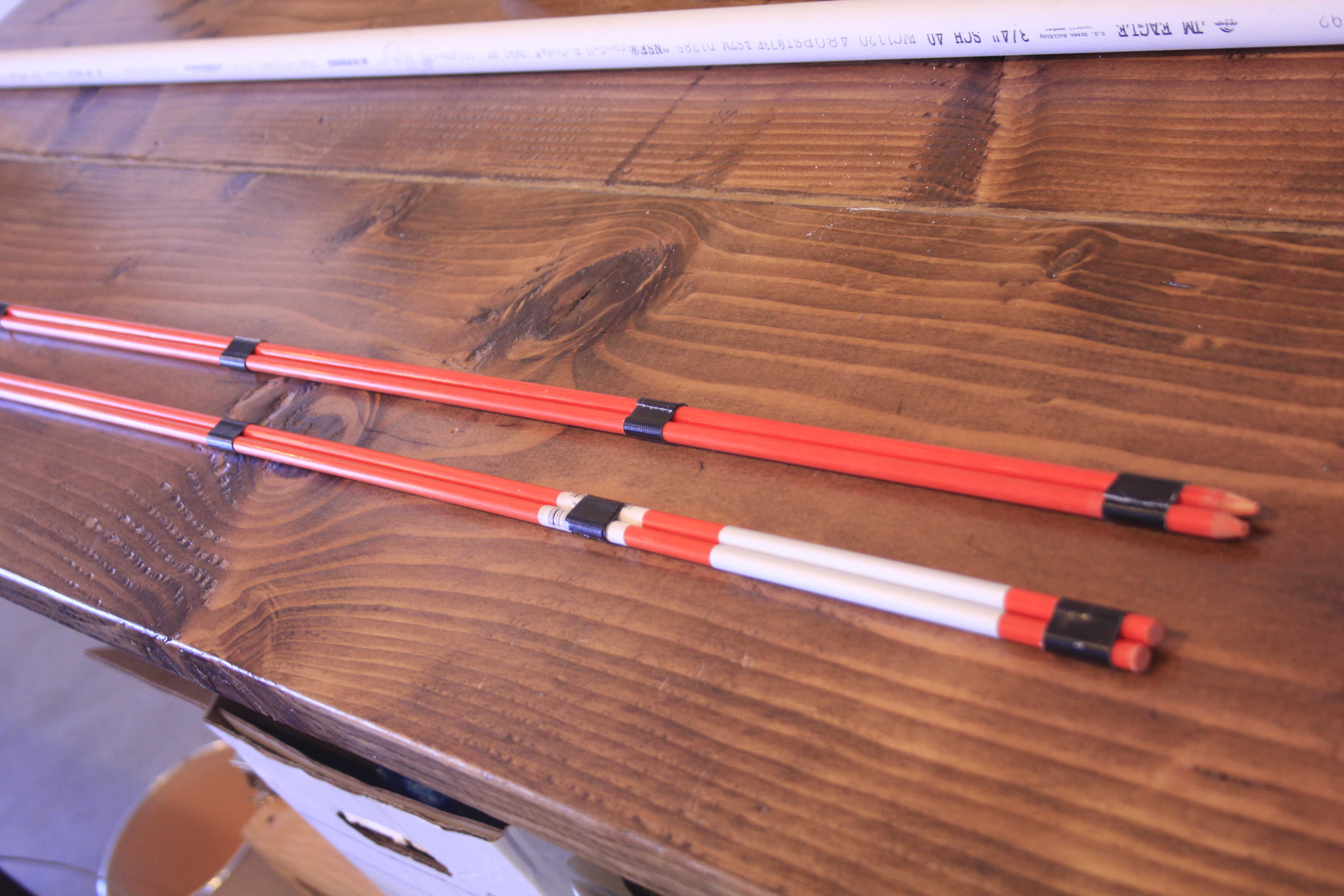
Don’t go crazy with the tape, all you need is small, one-layer strips. It will be a tight fit for the core, and tape may make it impossible for you to pack the core inside the bow if you put on too much.
Now take your other 1/2-inch pipe insert and place it next to the end of your bow, as this will give us an idea of how much room we have inside the bow. We then line up the rods, so the tip of the rods end at the point where the insert starts.
These standard rods are not long enough to go all the way down the bow by themselves, but that is okay, because we are going to layer them on top of each other.
As you can see below, if one of our rod pairs is touching the bottom of the 1/2-inch PVC (the one we haven’t slammed in yet) we can place the other rod pair about a foot down the line.
We line up our second rod pair so that it reaches to the other end of the bow, also accounting for the insert, and tape this whole system together.
This layered 4-rod system should be about 58-inches long. We know this because our pipe is 62-inches, and it has (or will have) the smaller 2-inch inserts on either end. These rods will eventually sit inside the bow pipe in-between the space left by the 2-inch inserts on either end.
Step 5: Stuff the bow
Now that you have your core, stuff it in the bow pipe from the end that does not yet have the 1/2-inch piece in it. Once you get to the last inch of rod sticking out, use a pipe, stick (or in our case, a socket wrench extension) to push the rods the rest the way into the pipe.

Use your insert piece as a guide to see how far down you need to push the core into the pipe so it clears the insert.
Step 6: Put in second insert
Hammer your other 1/2-inch limb reinforcement pipe into the end now that your fiberglass core is snugly in place. It should seat perfectly, creating a tight system of rods inside the bow.
Step 7 – Mark your limbs
Peer down into your bow pipe and you should just be able to see the two fiberglass rods. Mark the top of your 3/4-inch pipe so that the lines on either side line up with your two rods. Your line needs be this way so the front of the bow and the fiberglass core line up.
The first photo is overexposed so that, if you look closely down the pipe, you can see the faint orange of the two rod we just pushed down with the socket extension.
We did not move the pipe in the next image, so you can see how the pen marks line up with the fiberglass core.
Measure down one inch from each line and mark the pipe.
Step 8: Cut your string insert
We used a hacksaw to cut down each side of our sharpie marks. You want to use a blade that is not too big, as your bow string is going to sit into the area we are cutting out.

I’ve seen people heat up a knife and cut out the pipe that way, but it can make a real mess and smells god awful.
If you use a small blade like this and need to make the gap slightly bigger, just throw a small drill bit onto your drill and run it up and down the existing cut line. This will also allow you to widen the bottom of you cut, giving your bow string a smooth place to sit.
Step 9: First bow string loop
Take apart your paracord bracelet and make a loop knot at one end.
Just make the loop and pass the free end of your cord back through it.

Then pass the free end through the second loop you just created.
And pull tight.
Cut off any excess, your first loop is done!

Step 10: Second bow string loop
You make the second loop on the other end of the line in exactly the same way, but you want the loop to terminate 9-inches down from the other end of your bow. This will create the literal bow in your bow once the other end is affixed…
For the rest of the steps, check out DIY Ready.
Want more DIY weapon projects? Check out these posts:
DIY Remote Controlled Home Security
How To Use A Picture Frame For Hidden Gun Storage
-

 Do It Yourself7 months ago
Do It Yourself7 months agoParacord Projects | 36 Cool Paracord Ideas For Your Paracord Survival Projects
-

 Do It Yourself9 months ago
Do It Yourself9 months agoHow To Make Paracord Survival Bracelets | DIY Survival Prepping
-

 Do It Yourself9 months ago
Do It Yourself9 months ago21 Home Remedies For Toothache Pain Relief
-

 Do It Yourself10 months ago
Do It Yourself10 months agoSurvival DIY: How To Melt Aluminum Cans For Casting
-

 Exports8 months ago
Exports8 months agoAre Switchblades Legal? Knife Laws By State



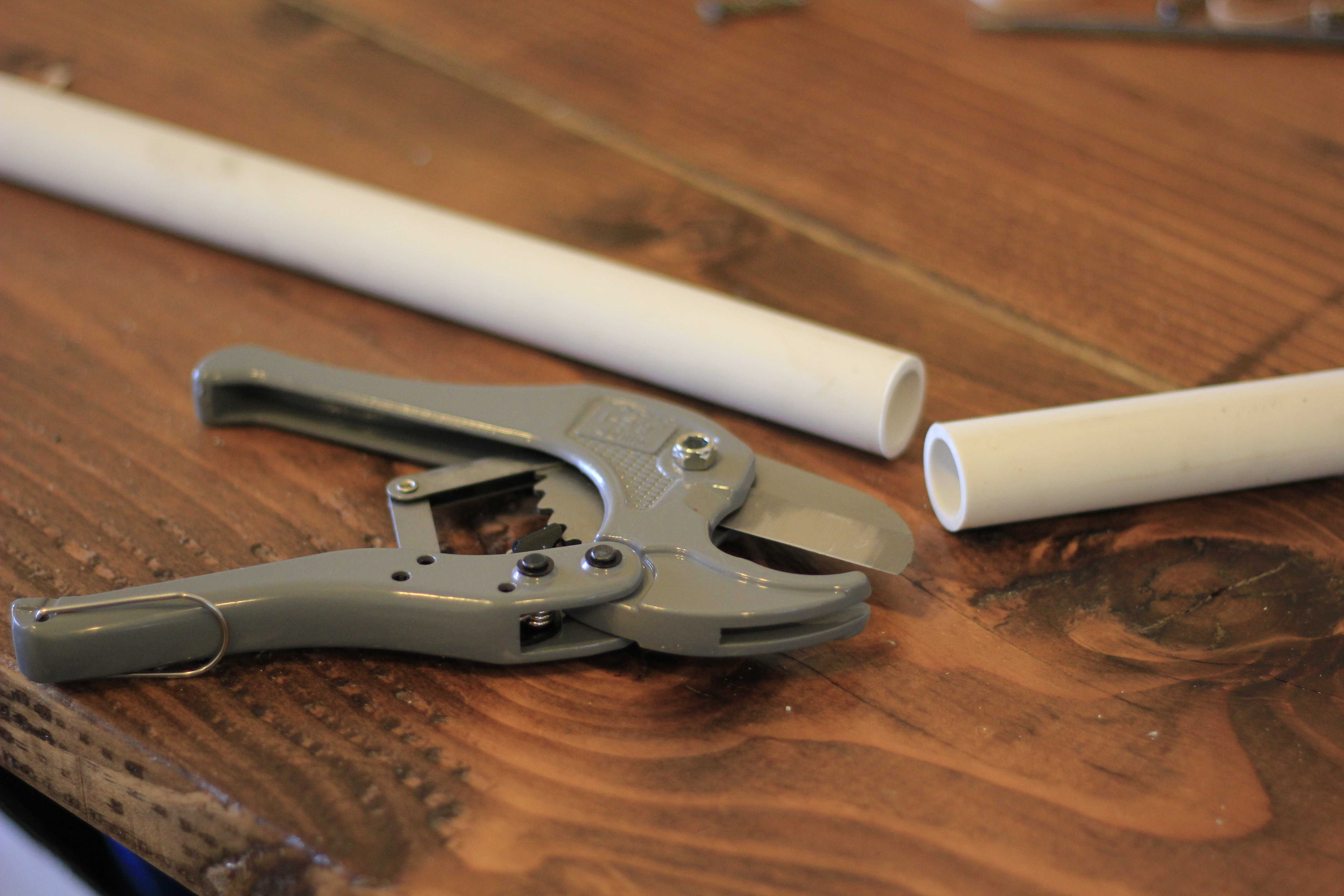

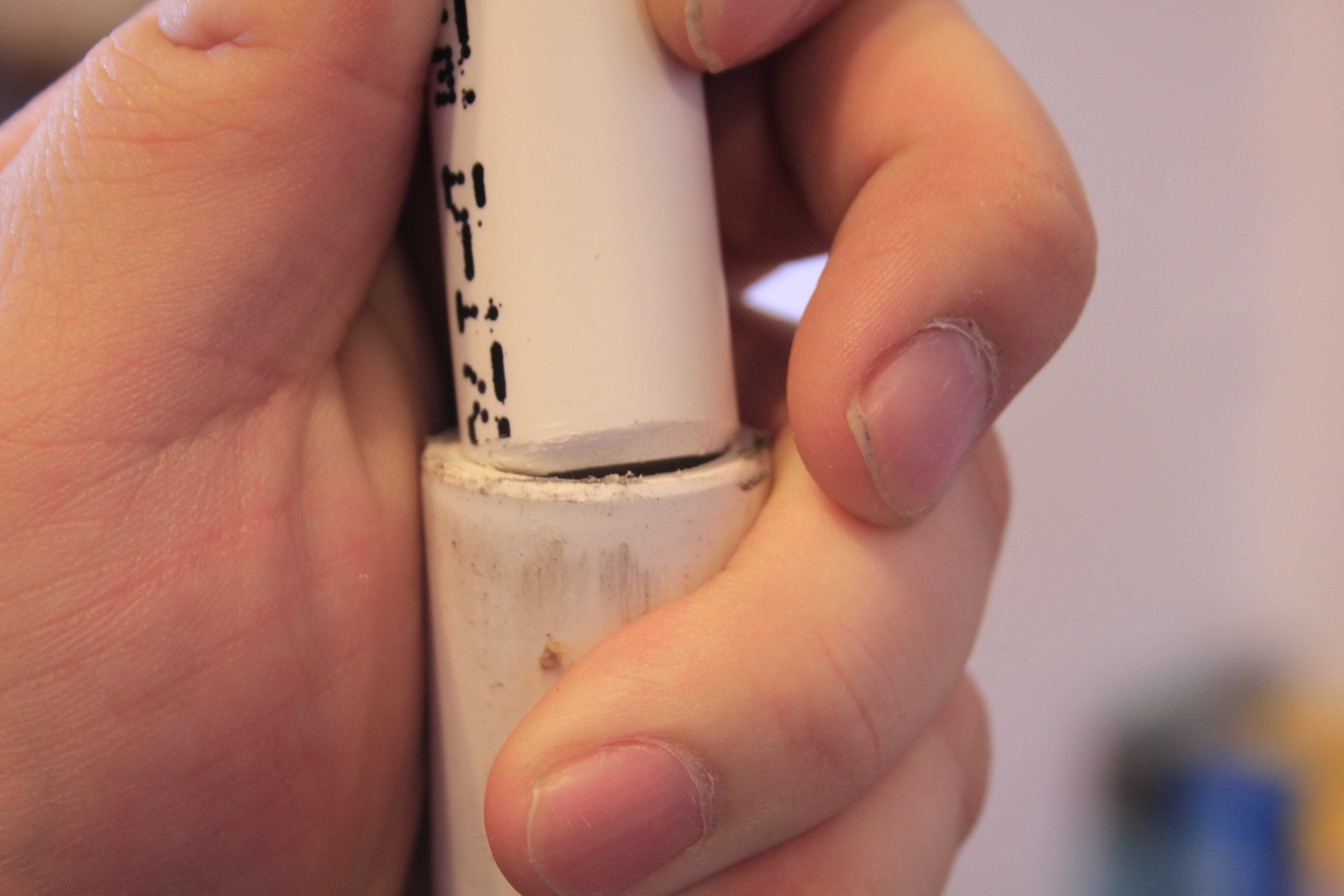
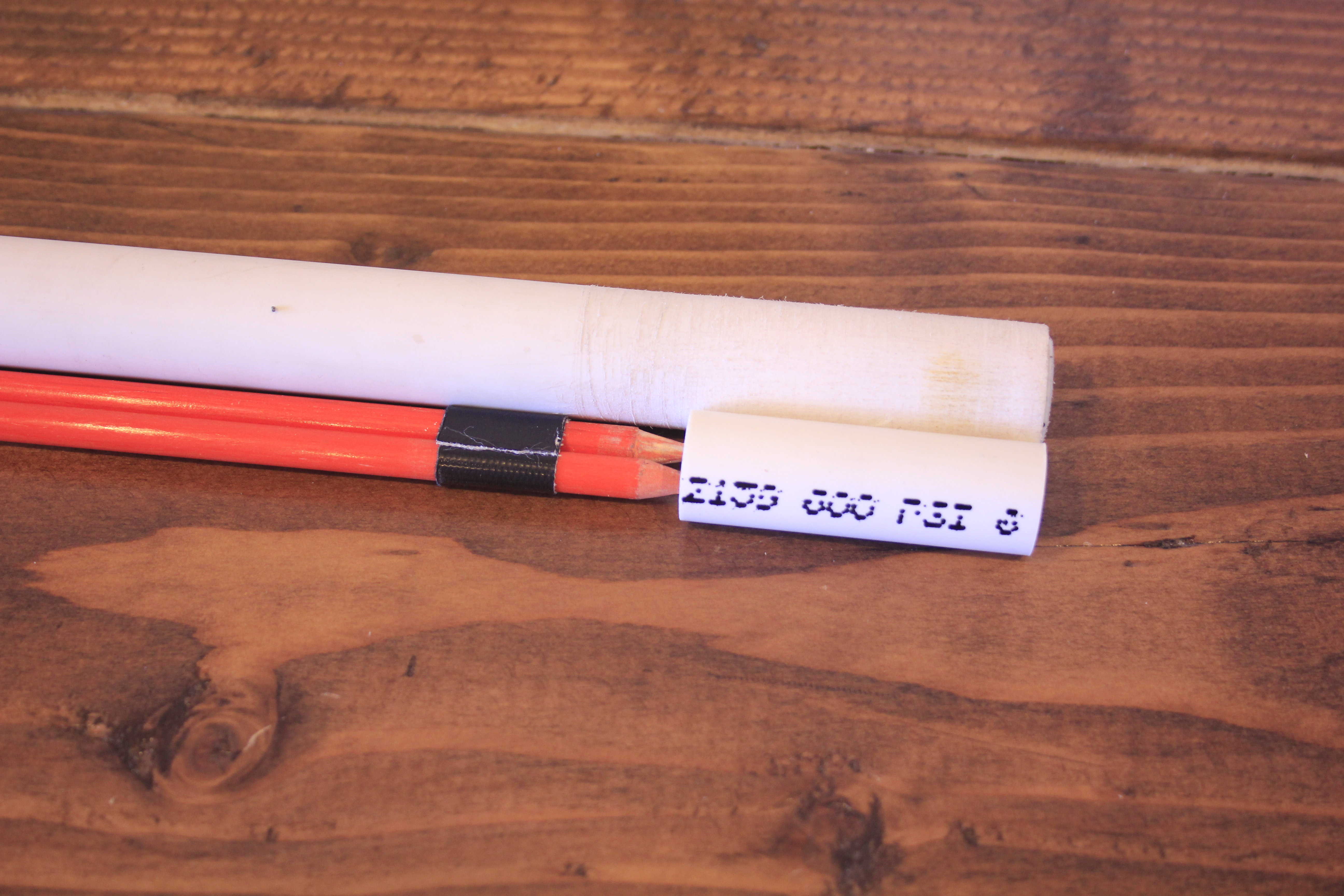


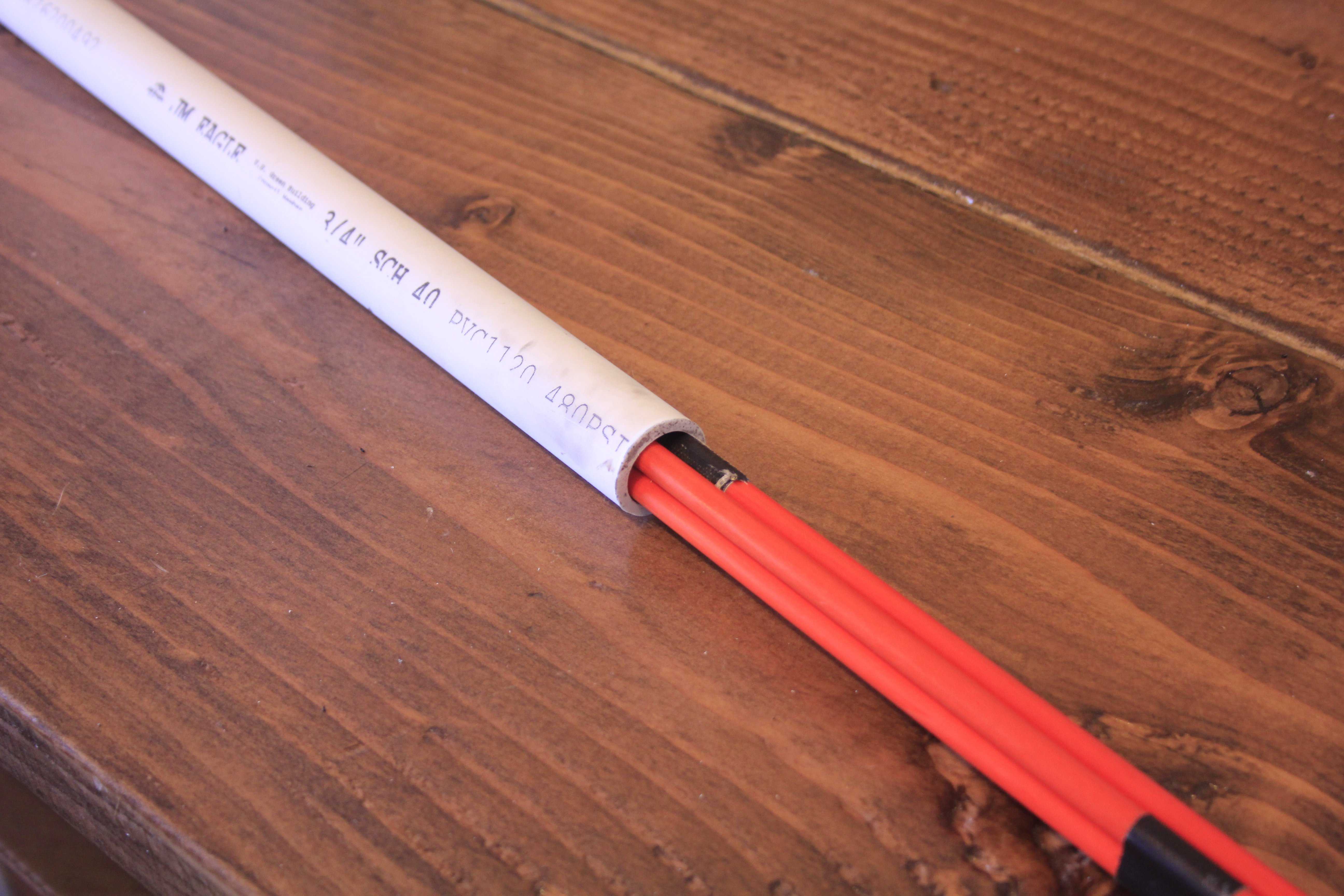
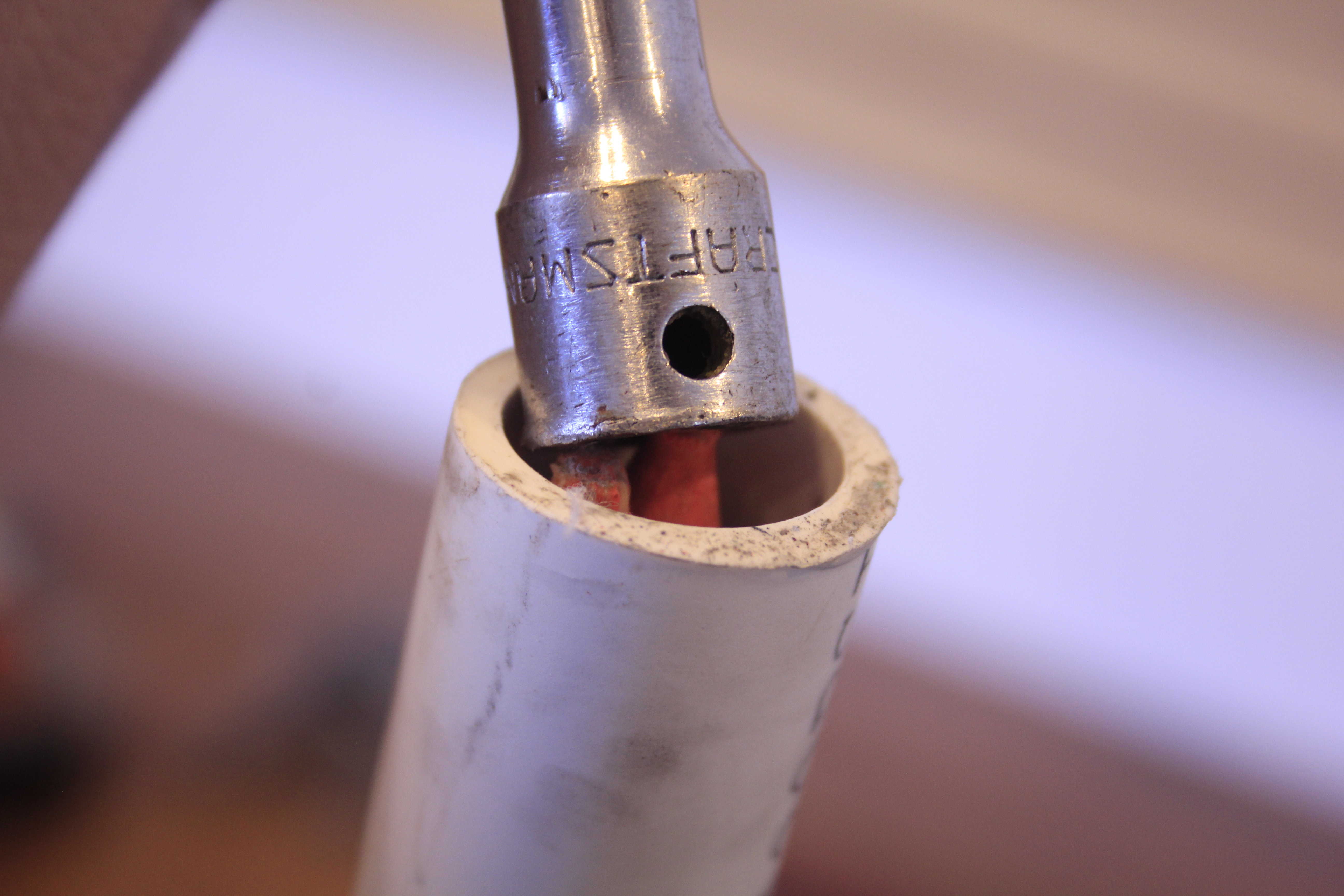

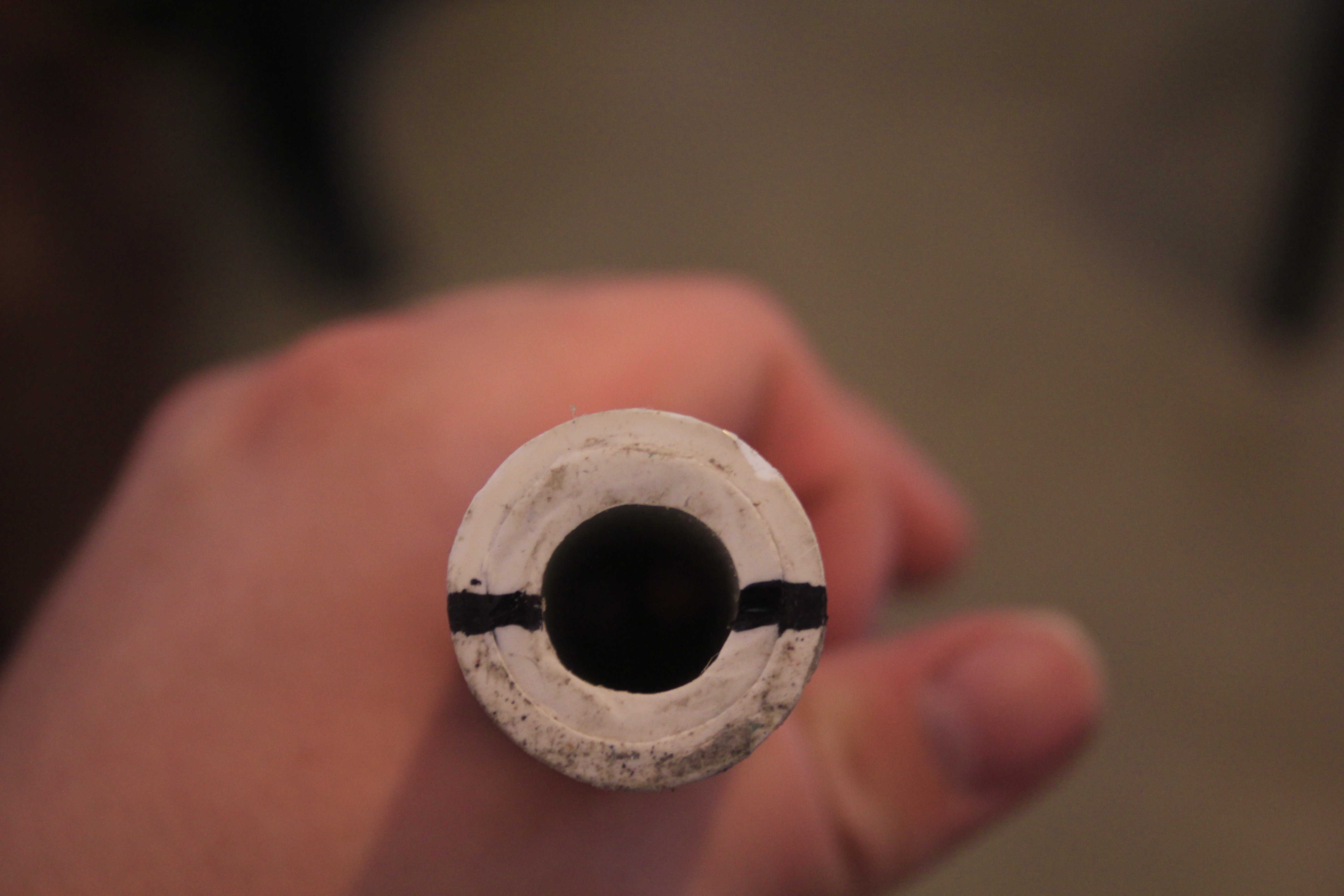
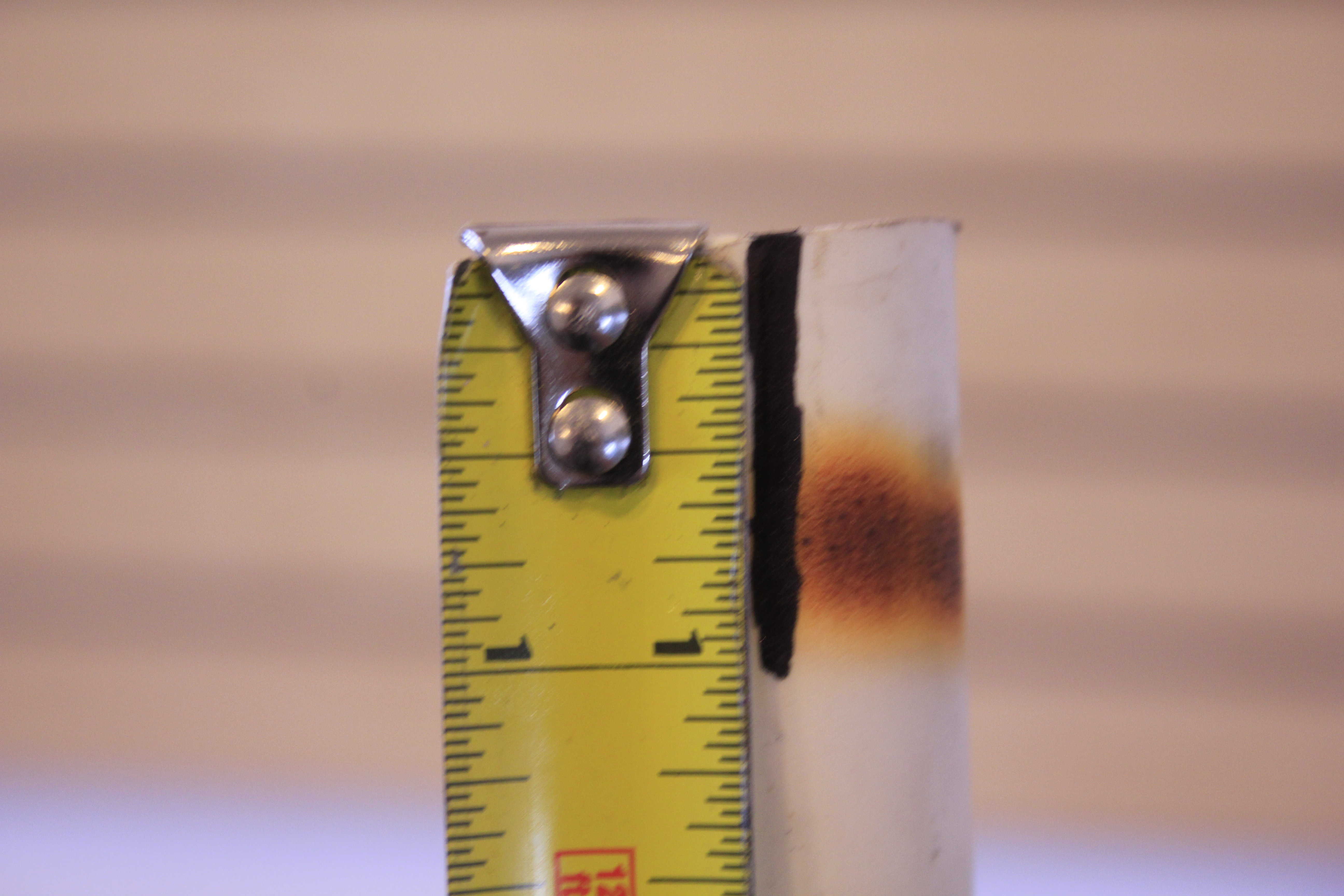

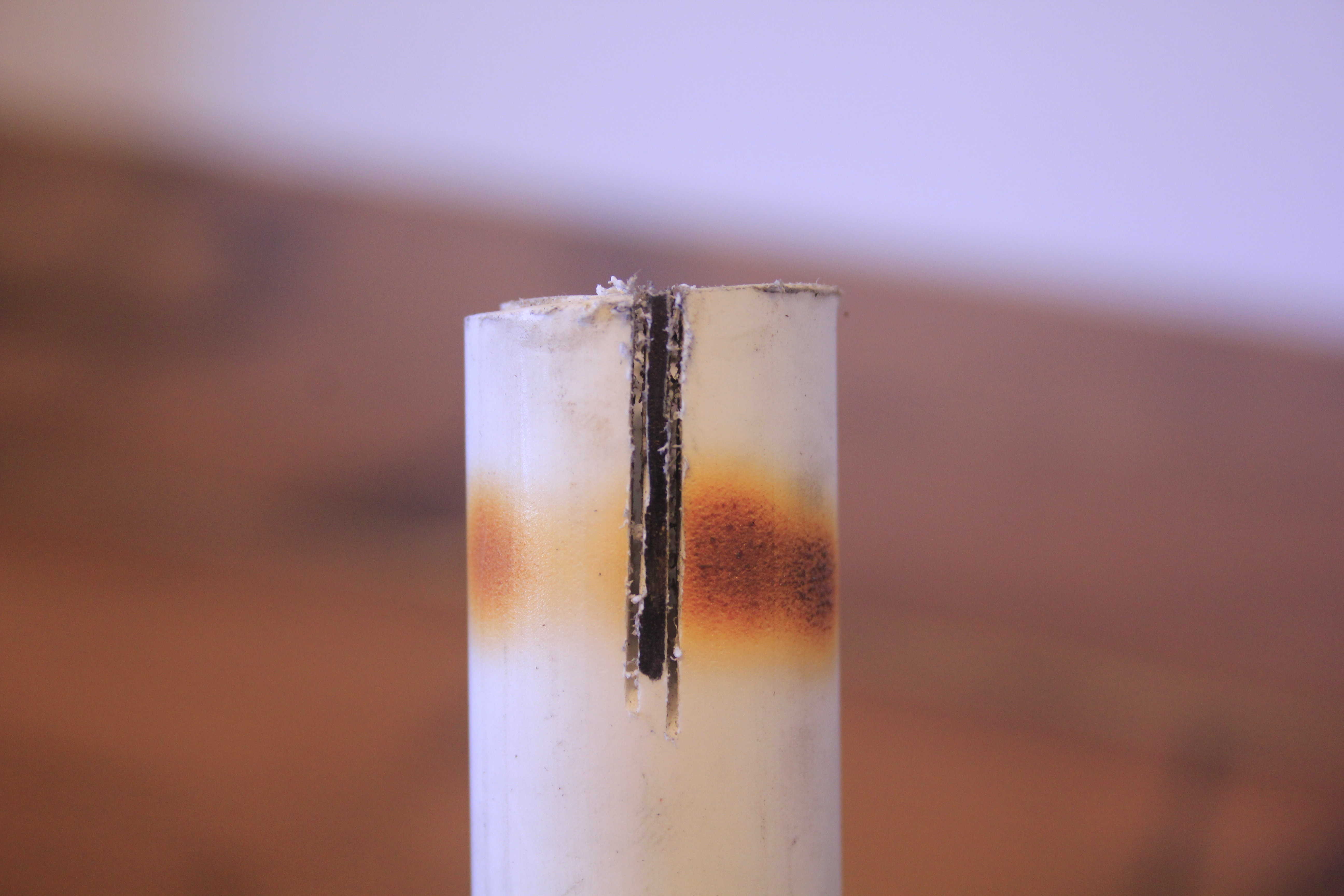
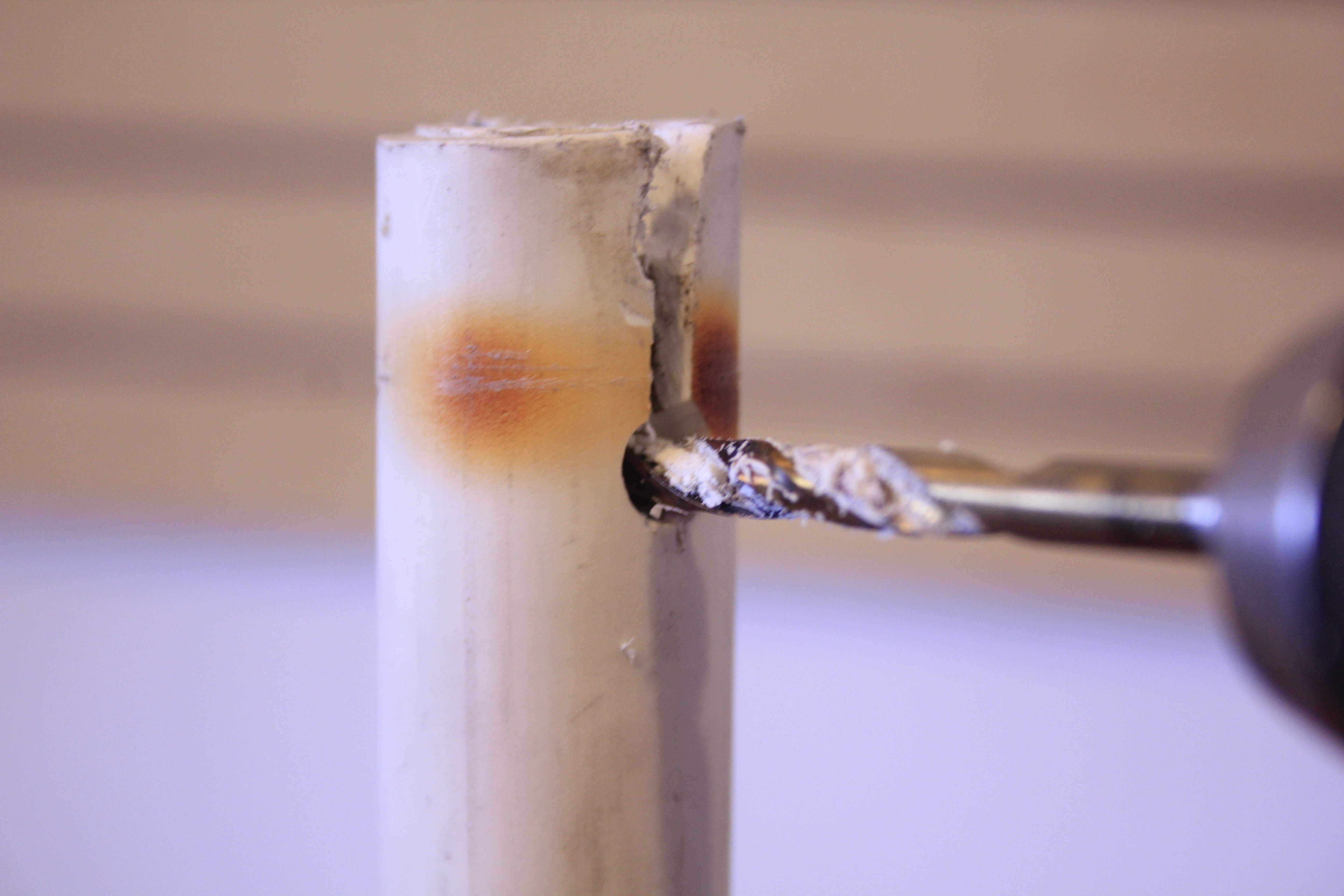
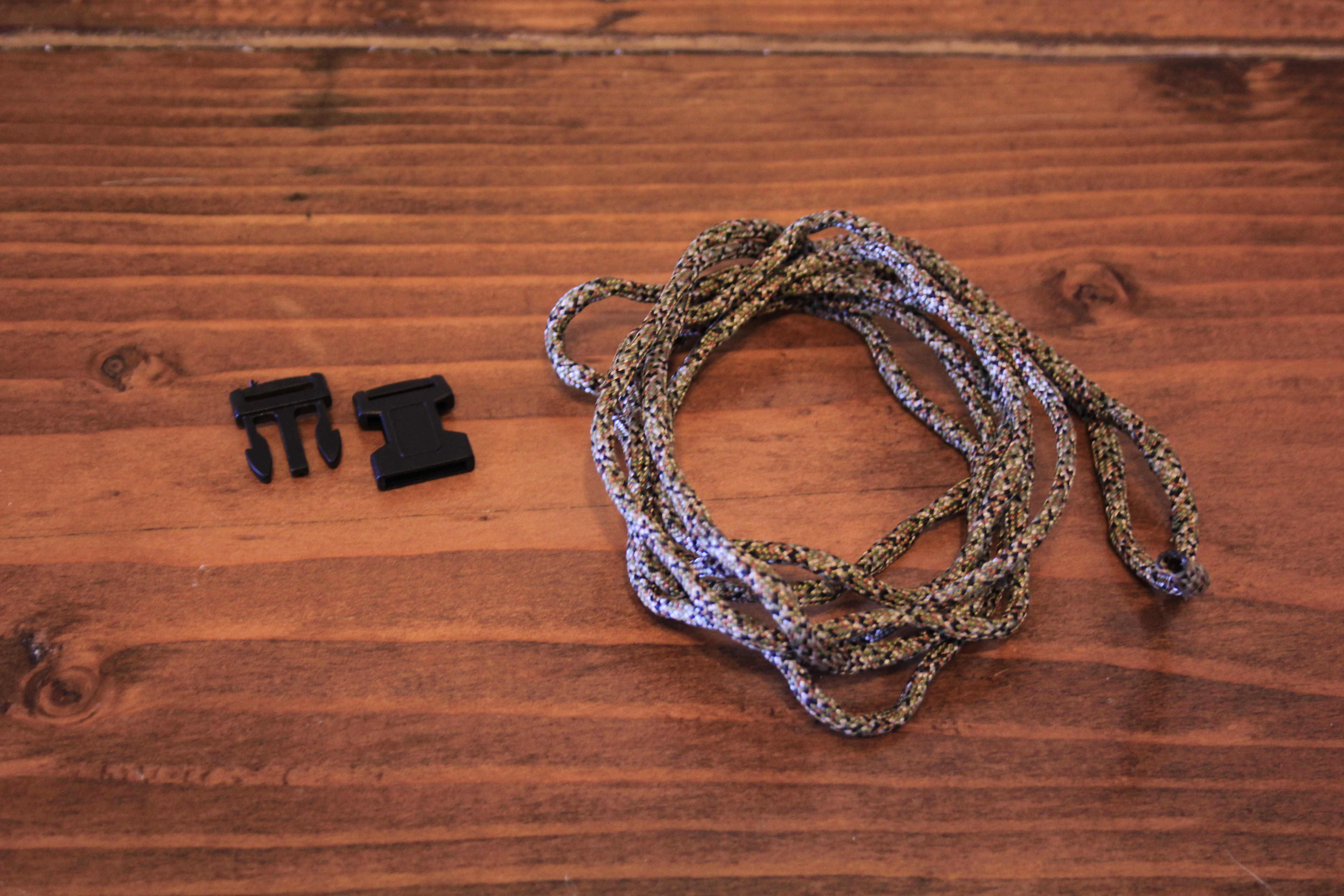
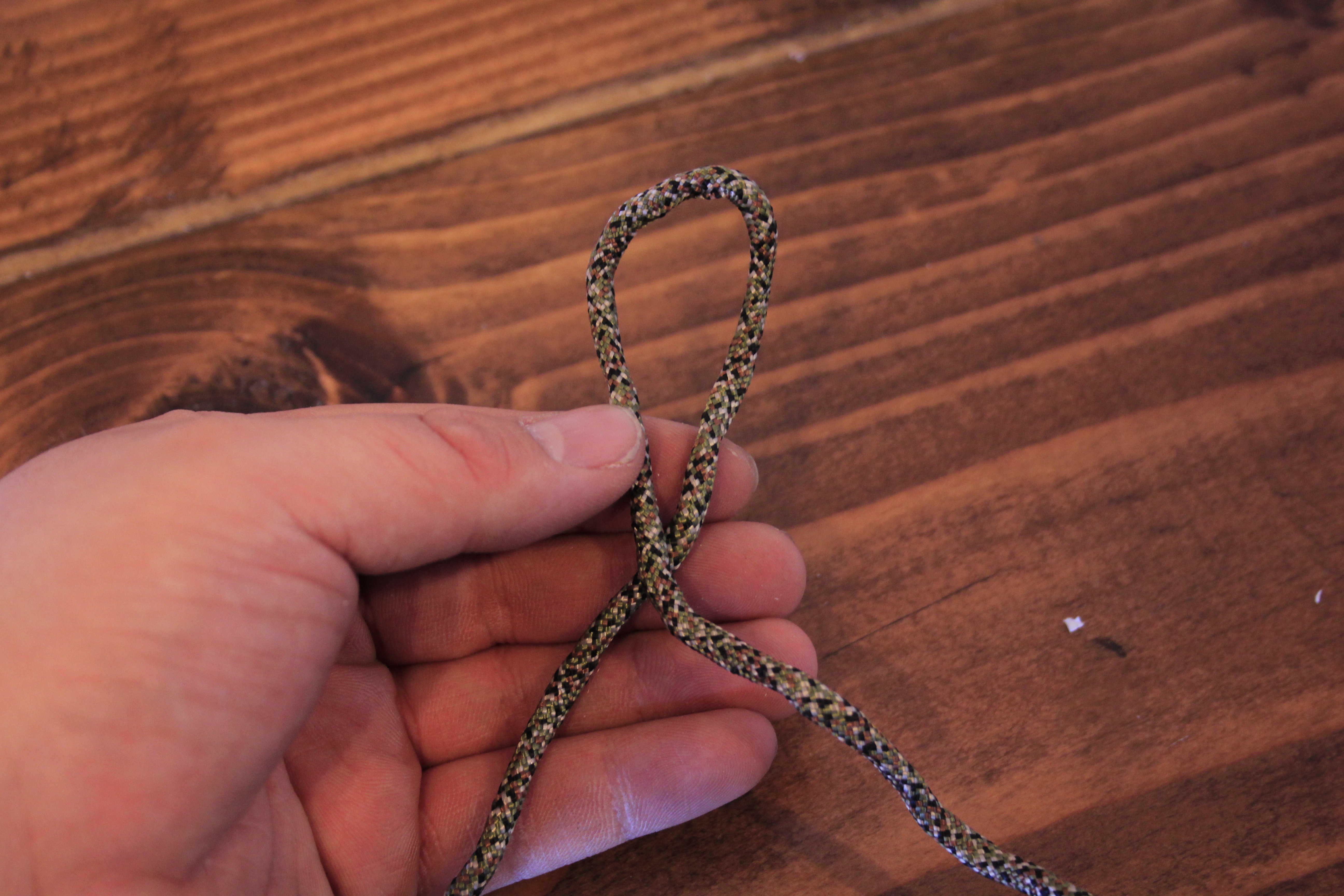
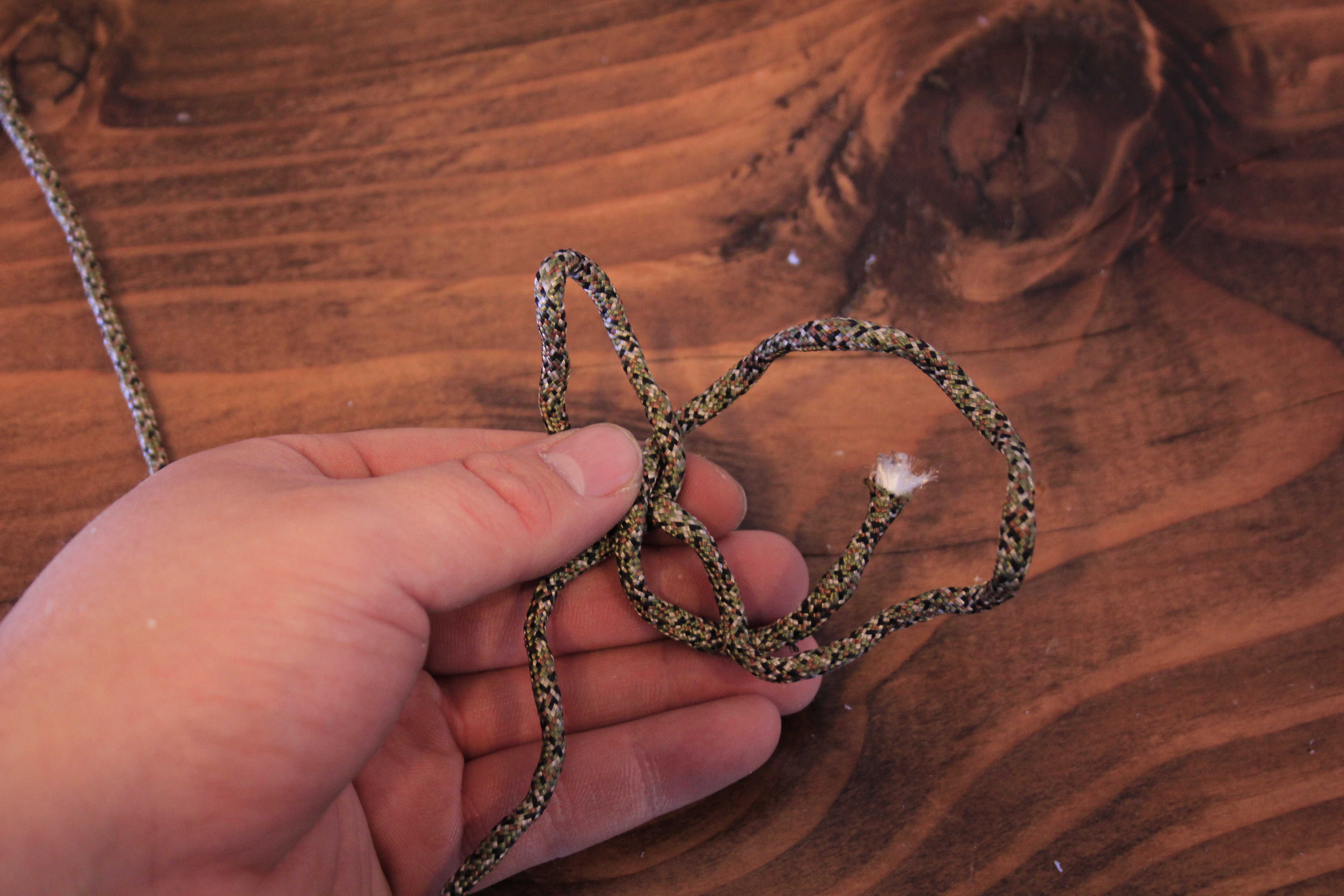
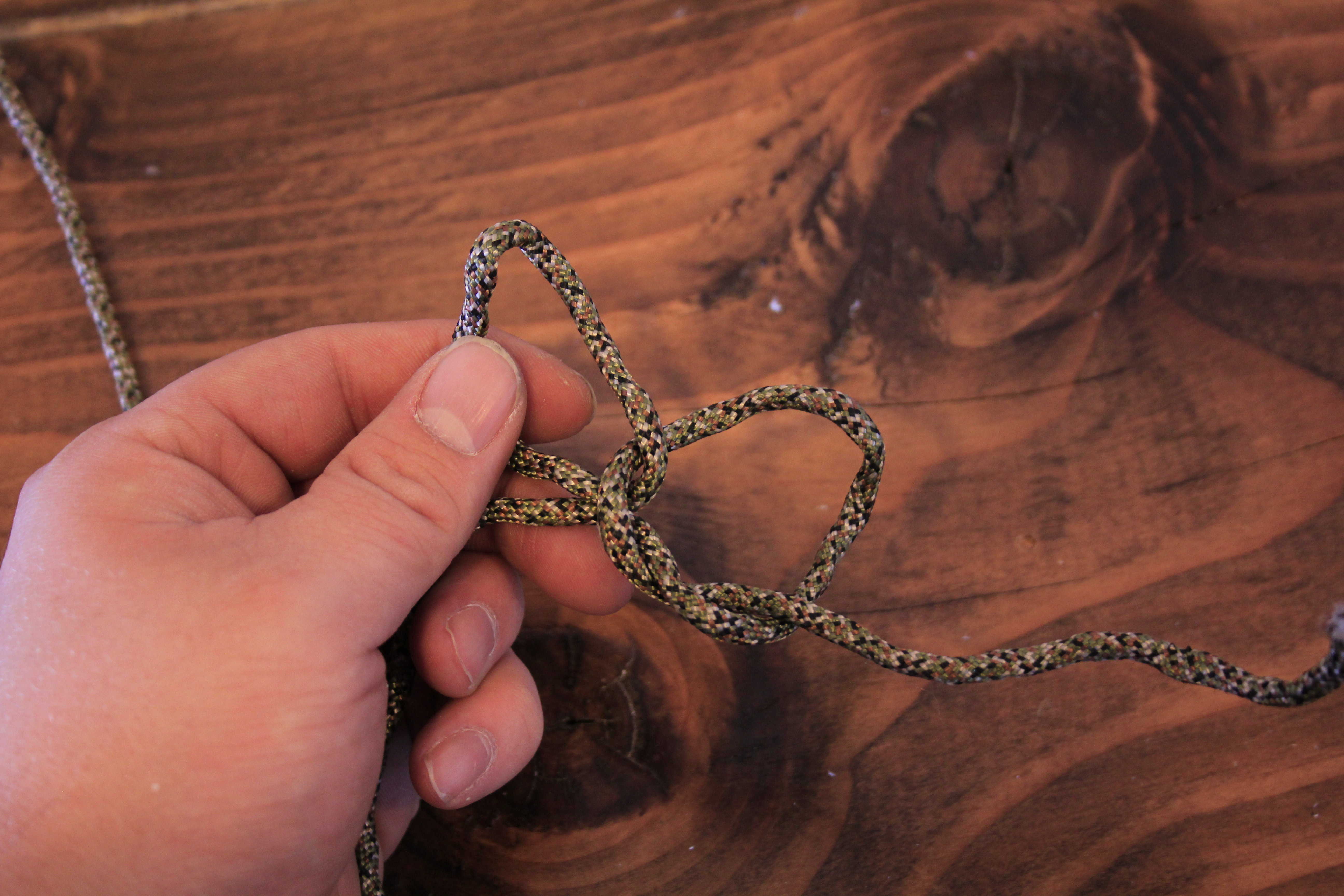




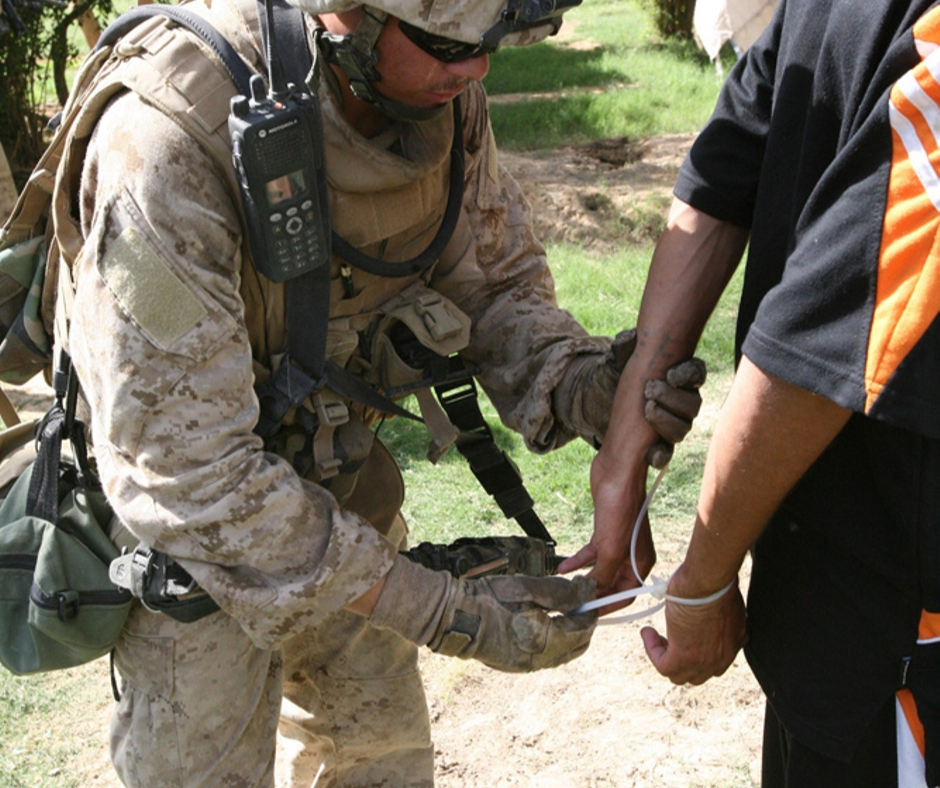


Pingback: The 5 Absolute Best Survival Guns - Survival Life | Preppers | Survival Gear | Blog - Survival Life | Preppers | Survival Gear | Blog
Pingback: Homemade Weapons for When SHTF | Survival Life
Pingback: 20 Essential Homemade Weapons For When SHTF
Pingback: 20 Essential Homemade Weapons For When SHTF – CNH Survival
Pingback: rede tv ao vivo hd
Pingback: camiseta camiseta Camiseta Dinamarca
Pingback: 7 PVC Pipes Projects For Survival Uses – The Self-Sufficient Life
Pingback: 7 PVC Pipes Projects For Survival Uses - Cooking in Quarantine
Pingback: 7 PVC Pipes Projects For Survival Uses – surviveurself
Pingback: 7 PVC Pipes Projects For Survival Uses | Survival Go Bag
Pingback: 7 PVC Pipes Projects For Survival Uses – SurvivalHood
Pingback: 7 PVC Pipes Projects For Survival Uses – End Survival
Pingback: How to Make a PVC Fiberglass Bow – My Survival Life
Pingback: How to Make a PVC Fiberglass Bow | Survival Life – Caliberhub
Pingback: 7 PVC Pipes Projects For Survival Uses | brandname
Pingback: How to Make a PVC Fiberglass Bow | brandname
Pingback: 7 PVC Pipes Projects For Survival Uses | Tactical Kart
Pingback: 7 PVC Pipes Projects For Survival Uses - Les Recettes Savoureuses